Green Calendar – December
It is difficult to classify December as a fun (or unfun) month – on one hand, the winter holidays start, and on the other, there are exams. But what we can all be certain of is that it is a busy month (and about to get busier!).
Are you ready to mark a few more dates in your calendar?
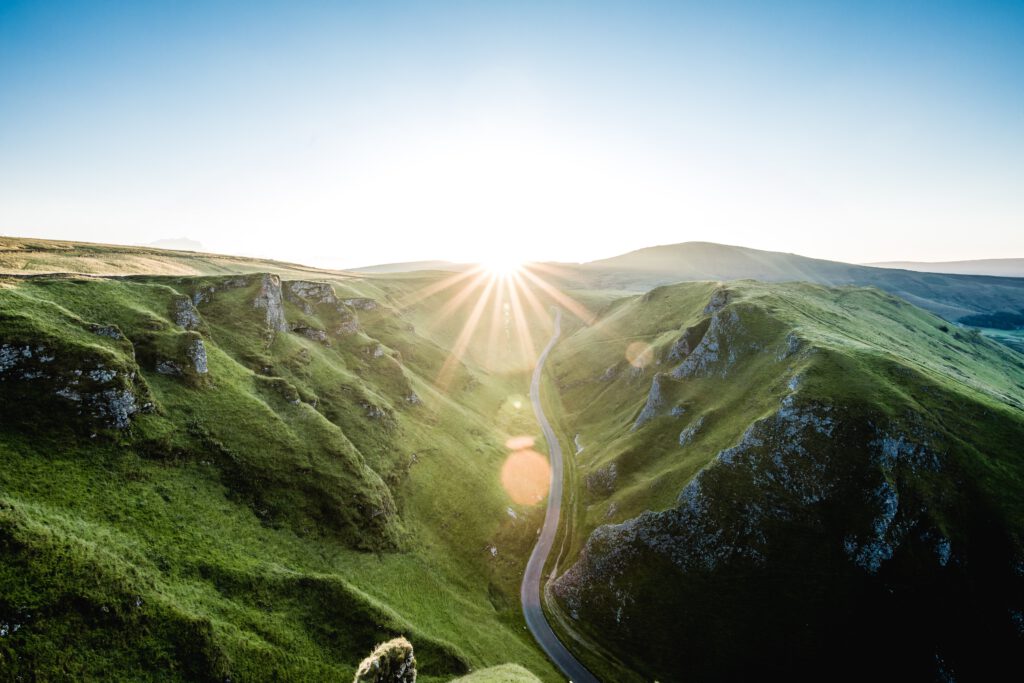
4 December – International Cheetah Day
Last month we celebrated jaguars; this month it is cheetahs. Despite often being confused with jaguars (or even leopards), cheetahs are very different.
For starters, cheetahs belong to a different genus, Acinonyx, while jaguars belong to the genus Panthera. Cheetahs are also lighter than jaguars, weighing from 35 to 65 kg. Their fur is tan-coloured with round black spots resembling thumbprints.
This tall, slender mammal is found in the grasslands and wetlands of Africa and parts of the Middle East. Unfortunately, the cheetah population is severely fragmented and decreasing. The animal has been classified as vulnerable by IUCN.
Cheetahs are threatened by climate change, hunting by humans, illegal pet trade, and habitat destruction. Even their own genes seem to be against them – they have a low rate of reproductive success. With fewer offspring, cheetahs have a hard time adapting to a rapidly changing environment.
What can I do?
· Educate yourself on the topic. The more you know about cheetahs, the better placed you will be to protect them and ensure that you do not inadvertently cause them harm.
· Be a wildlife ambassador and spread awareness. Let people know there are less than 7100 cheetahs alive today.
· Sponsor a resident cheetah at Cheetah Conservation Fund Namibia. These cheetahs arrived at CCF as orphaned cubs, injured adolescents or pets turned over as adults. For various reasons, the resident cheetahs are unable to survive in the wild and hence cannot be released. (Old Lady, for instance, is blind.) They are fed and housed at the CCF headquarters.
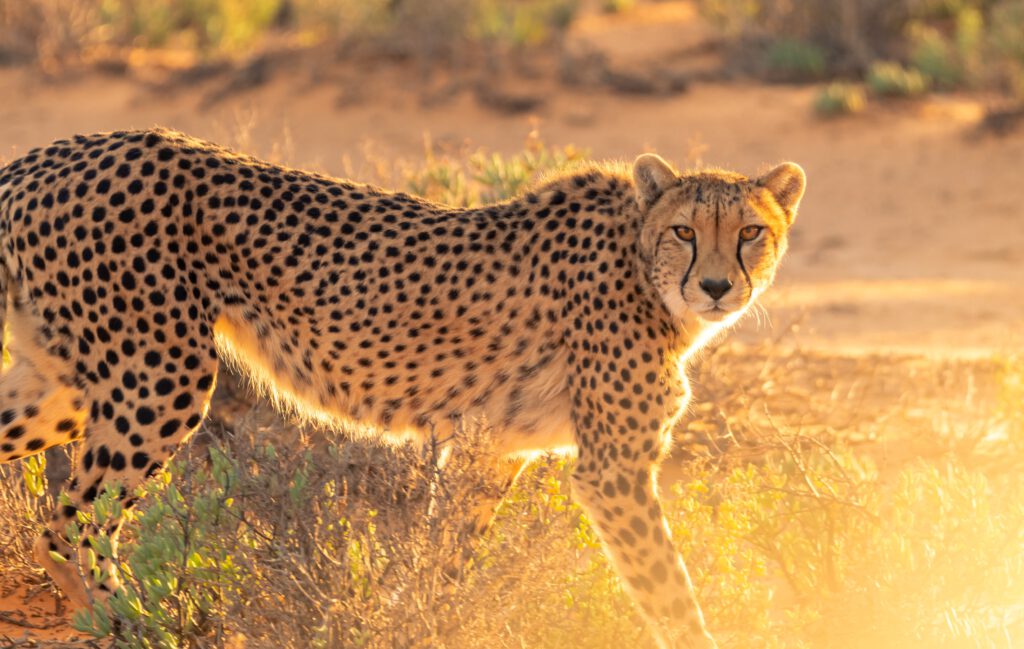
4 December – World Wildlife Conservation Day
World Wildlife Conservation Day is a day to be aware of and celebrate the many animals we share this planet with, and to take action to protect them from extinction. And there is a lot of action that needs to be taken.
Of the 41,415 species listed on the IUCN red list, 16,306 are extremely endangered; that’s around 39%. In the last 500 years, we humans have driven 869 species to extinction.
Amongst the world’s most endangered animals, we have the Javan rhino (around 67 individuals), Amur leopard (around 100 individuals), and the vaquita (around 10 individuals).
Yet, all hope is not lost. There was a time when mountain gorillas were predicted to become extinct by the end of the 20th century. However, sustained conservation efforts in the Virunga Massif in East Africa saw gorilla numbers rise from 480 in 2010 to 604 in 2016. While gorillas remain on the endangered species list and are extremely vulnerable to disease and human interference, this is an important step in the right direction.
What can I do?
· Get to know the threatened species in your area and how you and your community can help conserve them or support organisations that are doing so.
· Spread the word – talk to your friends and family (and the rest of the world too) about the importance of wildlife conservation.
· Adopt an animal at WWF (World Wildlife Fund) and help make the picture clearer. (Images at the link are pixelated to represent the number of individuals of a species left in the wild. Can you guess which animal is shown here?)
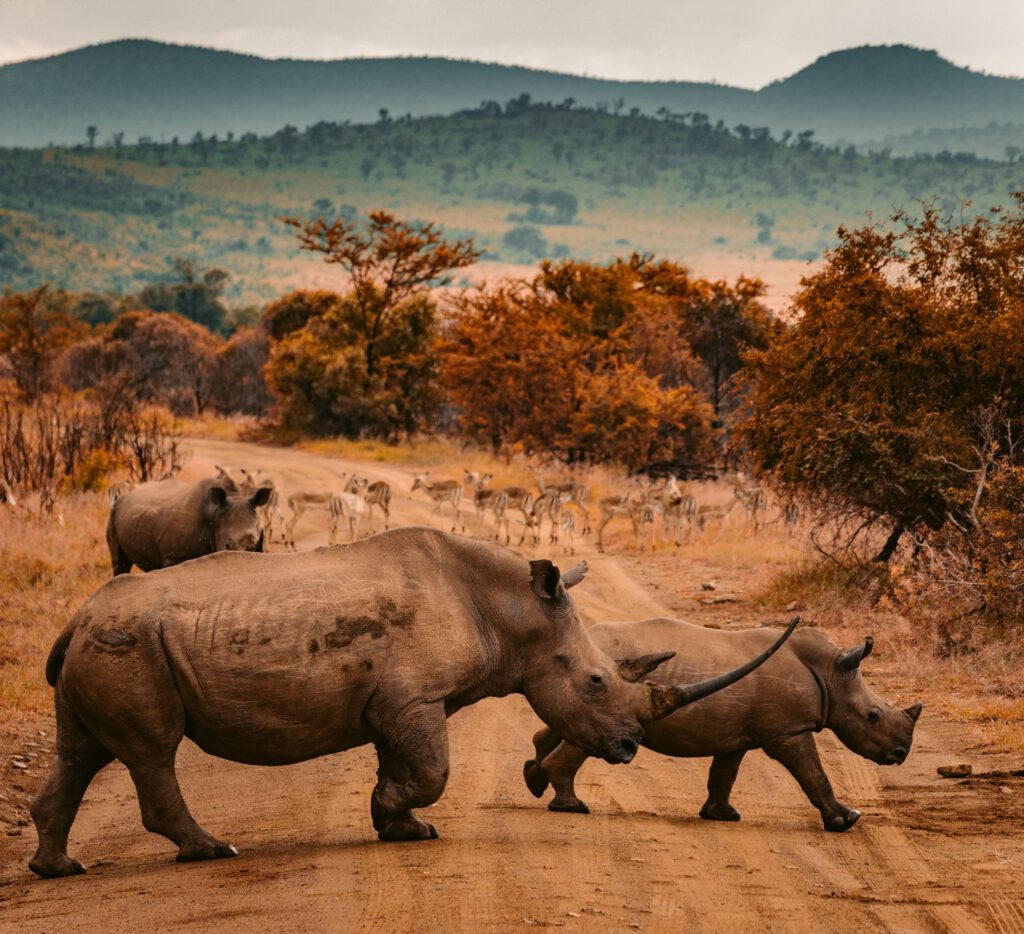
Photo by: redcharlie from Unsplash
5 December – World Soil Day
Unconsolidated mineral and organic matter that is either currently, or was at one time on the Earth’s surface, was influenced by the genetic and environmental factors of parent material, climate (including moisture and temperature variations), organisms, and topography. It has all been acting over a period of time to produce a product – soil – with many physical, chemical, biological, and morphological properties that differ from those of the parent material.
World Soil Day is held annually on 5 December to focus attention on the importance of healthy soils and to advocate for its sustainable management. This year, World Soil Day is being accompanied by the campaign, ‘Soils: Where food begins’, to raise awareness of the importance of maintaining healthy ecosystems and human well-being by addressing the growing challenges in soil management.
This is extremely relevant as 95% of our food comes from the soil, while 33% of soil lies degraded. It has been forecasted by the FAO (UN Food and Agriculture Organisation) that agricultural production will have to increase by 60% to meet the global demand for food in 2050. Interestingly, 58% more food could be produced through sustainable soil management. Taking care of the soil seems to be the direction for a potential solution to the food crisis, doesn’t it?
What can I do?
· Check out the official World Soil Day site. Not only does the website contain interesting information on the day itself, but it also has banners and tools to help conduct successful campaigns!
· If you have an outdoor garden, reduce erosion by slowing down water flow and increasing plant cover.
· Limit soil compaction by not walking or riding a bike over wet soil.
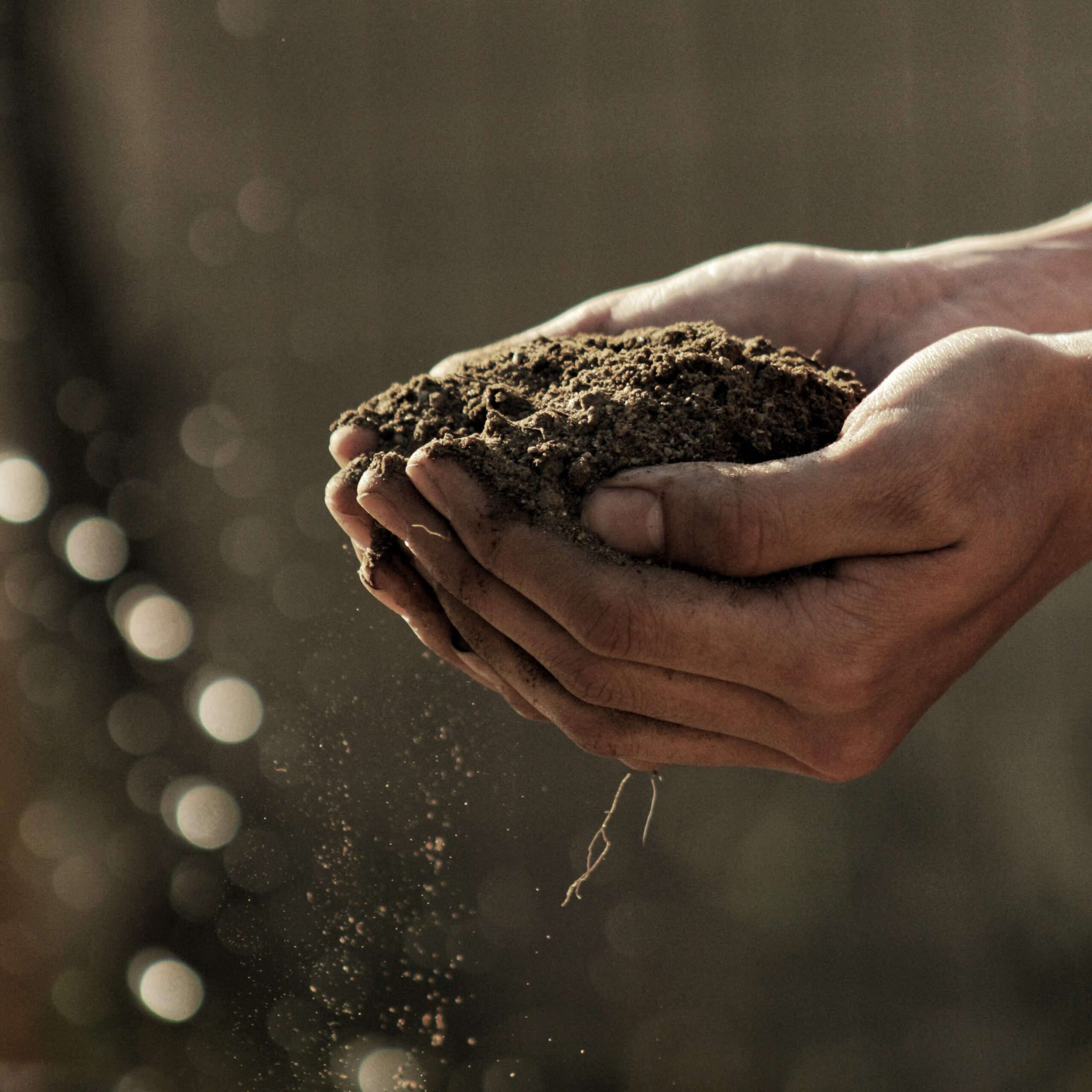
11 December – International Mountain Day
Over a score years ago, the United Nations General Assembly declared 2002 as the UN International Year of Mountains. On the occasion, 11 December was chosen to be International Mountain Day from the following year, that is, 2003. It is a day to create and spread awareness of the importance of mountains, highlight the opportunities and constraints in mountain development and build alliances that will bring positive change to mountain people and environments around the globe.
This year’s theme is ‘Women move mountains’. With this theme, the UN acknowledges the key role played by women in the environmental protection of mountains. This is also an opportunity to promote gender equality and thus contribute to improved social justice, livelihoods and resilience.
But why bother about mountains?
Mountains are home to 15% of the world’s population and host around half of the world’s biodiversity hotspots. Furthermore, they provide freshwater water to half of humanity. Consequently, their conservation is a key aspect of SDG 15: Life on Land.
What can I do?
· Raise awareness of mountains. (You can even join the conversation on social media with the hashtag #MountainsMatter.)
· Visit the Wageningse Berg. Perhaps not a true mountain, yet this push moraine may be the perfect spot to de-stress before the period 2 exams start.
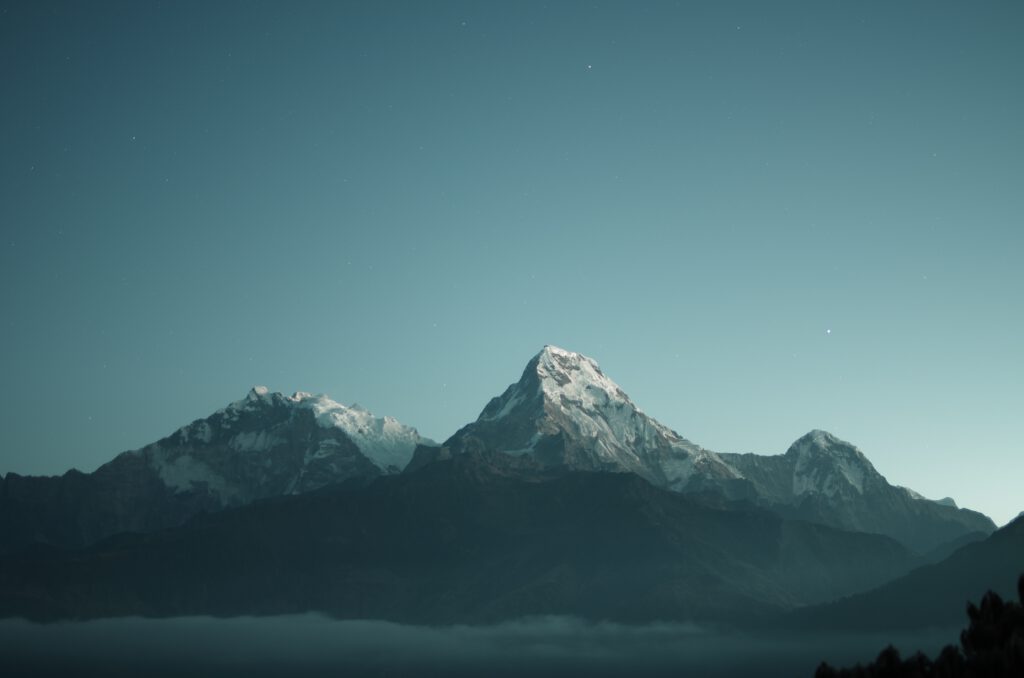
Photo by: Daniel Leone from Unsplash
14 December – Monkey Day
Also called World Monkey Day or International Monkey Day, Monkey Day is the only unofficial awareness day on this month’s list. The holiday was created and popularized by C. Sorrow and E. Millikin when they were art students at Michigan State University, US. The day can be seen as a celebration of monkeys and other simians (commonly known as higher primates), or as an encouragement to engage in the monkey business. (We at the Green Office hope you choose the former!)
Half of the 262 species of monkeys are threatened with extinction. Of these, 24 species are critically endangered, with an extremely high chance of becoming extinct in the wild unless action is taken now.
Simians are threatened by illegal pet trade, disease, and commercial hunting (also known as bushmeat trade). Their habitat is being destroyed by industrial agriculture, large-scale cattle ranching, logging, petroleum drilling, mining, dams, and road-building.
What can I do?
· Donate to or support organisations that are involved with primate conservation.
· Spread awareness. (You may get tired of seeing the same few words repeated under every awareness day, but whatever you do, do not underestimate the power of knowledge.)
· Visit the zoo (and watch the monkeys!).
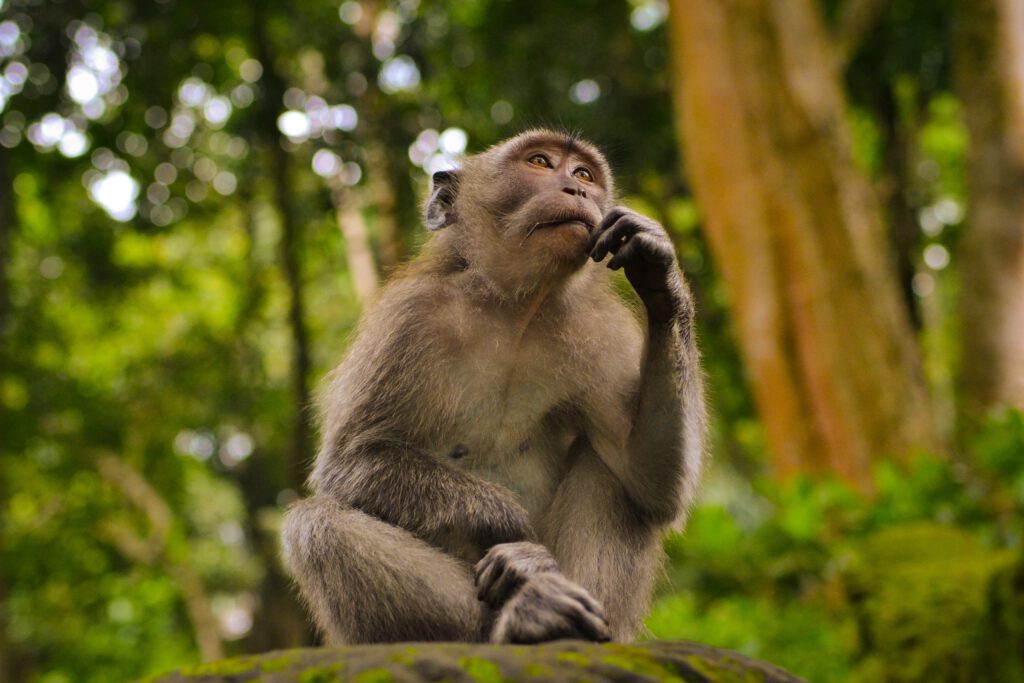
Photo by: Juan Rumimpunu from Unsplash
2021 – 2030 United Nations Decade on Ecosystem Restoration
As promised last month, this post wraps up with an environmental awareness event that spans not just a single day or even a year, but an entire decade.
The UN Decade on Ecosystem Restoration, running from 2021-2030, is a joint initiative from the UNEP (UN Environment Program) and the FAO. It gives humankind 10 years to build a global restoration movement and a sustainable future.
What can I do?
Here’s the fun part – A LOT! The UN provides plenty of resources to assist individuals eager to take an active part in this movement. To do justice to the decade and the enthusiasm of the readers, this section deserves its own post, so stay tuned!
Written by: Shirsho Roy Chowdhury
